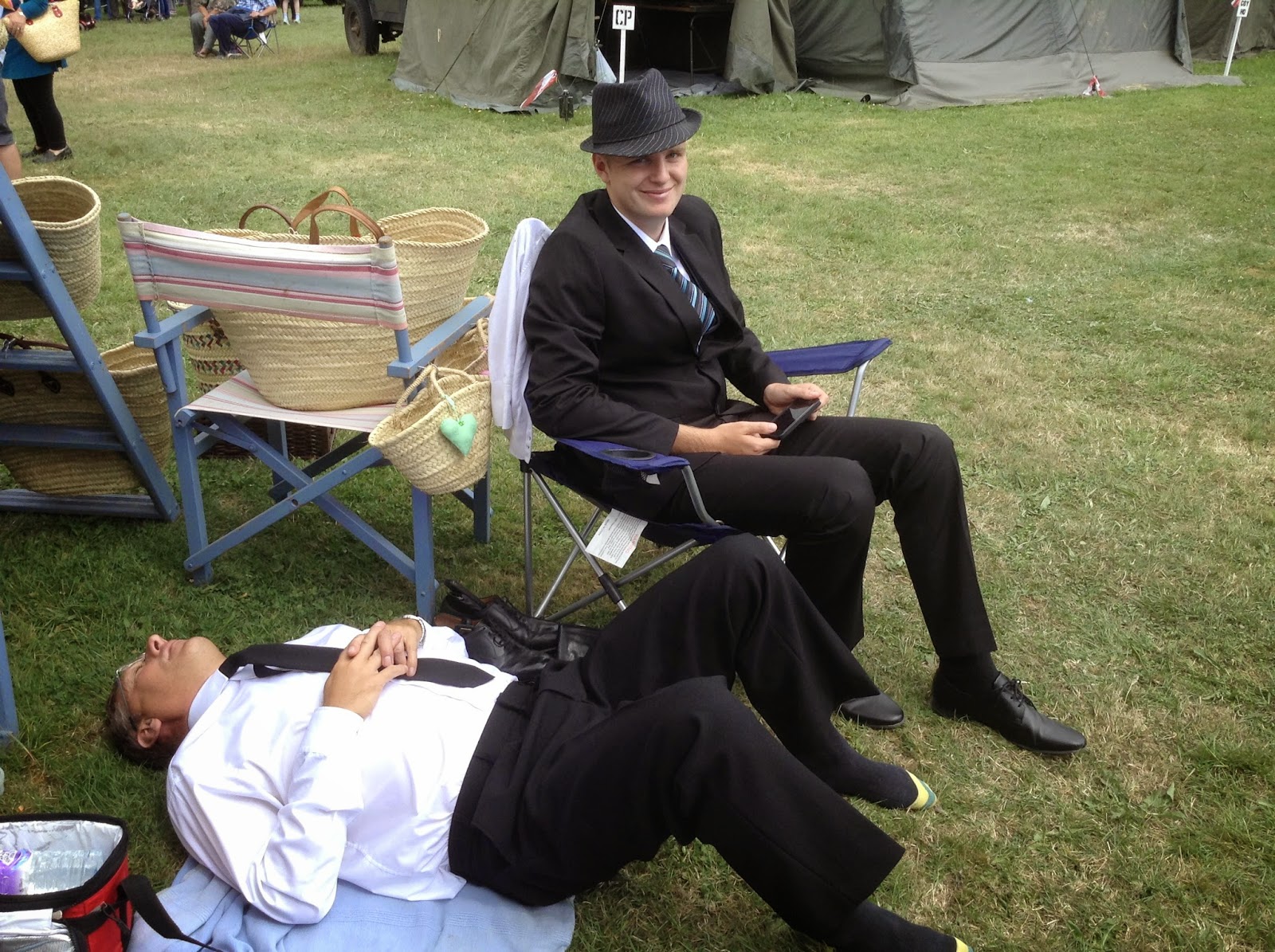I have been knitting since I was very young. Firstly taught by my mother I actually was a left handed knitter, or more accurately a mirror image knitter when I started, as I would sit opposite my mum and copy her exactly. As I progressed on to purl stitch, more difficult in the mirror image, I developed my own style which my mum described as "cack handed". Thanks Mum, it was your fault you know. It wasn't until much later, in my late teens, that my new mother-in-law finally taught me how to knit the English way. But even then my repertoire was limited. A nasty bang on the head 4 years ago, giving difficulties in concentrating and memory, has been helped by knitting, and since I then decided to make it my living my knitting skills have greatly increased. But I still had not gained the confidence to try Fair Isle knitting.

Fair Isle knitting was made popular by the Prince of Wales, the famous one who fell in love with that American woman and abdicated in 1936 before he was crowned. He took to wearing the beautifully patterned jumpers and tank tops in the 1920s and started a fashion which was to last over 20 years. Nowadays Fair Isle is more often used to describe intricate knitting patterns which feature a number of colours expertly woven to produce a design, but true Fair Isle patterns only feature a maximum of 6 colours, with only 2 colours per row and are knitted in the round. Fair Isle knitting originated in the Shetland Isles of Scotland and were knitted by fishermen's wives as the weaving produces warm but light weight clothing.

In the 1940s Fair Isle knitting really came into its own, although by this time it is fair to say that the garments weren't strictly speaking Fair Isle, but its now common usage. Garments like the one shown in this 1946 Woman's Weekly were very popular because they used up odd bits of wool, which was scarce during the war years. So not only were they great looking, you were actually helping the war effort at the same time.
So I decided, if I was to branch into 1940s knitting patterns I would have to bite the bullet and learn to knit the Fair Isle way.
So last month I enrolled in a Saturday workshop at my local knitting shop,
Strictly Knitting in Shanklin, taught by Chris during the 2 hours, with tea and biscuits provided, although we didn't have much time to eat biscuits!
She taught us the traditional way, in the round with 5 pins. I don't know about you but I can't cope with 5 pins and always end up with the knitting on 3 with one spare.

Chris also taught the concept of colour choosing, apparently you should photocopy your yarn in black and white and compare it to a chart to see if the colours are of the right hues! She also taught us good weaving practice, keeping the main yarn over the other colours at the back. It does make a difference to the design, although in the pictures she showed us I couldn't see any!
We were also supposed to follow a pattern she had designed for us, but since the bang on the head following charts has not been my strong point, I decided to go free style. However I am pretty proud of my first ever attempt at Fair Isle knitting.

I then chose to have a go at knitting an original 1940s jumper. This particular one was designed by Greenock and I reckon from the design of the pattern was published just before the war really started, round about 1939/1940. I have chosen the original colours as stated in the pattern, fawn, brown and yellow, and lovely they look too. I confess I haven't photocopied them and compared their hues to the chart. I just have faith in the 1940s experts!

Here is a close up of the design. I am very proud of this first real attempt at a whole pattern. It is going to be on sale on my Etsy shop soon, if it hasn't been sold at the 1940s weekend event at Isle of Wight Steam Railway, Havenstreet, next weekend. It will be priced at £39.70 + P&P. Please have a look at the other jumpers I've got in my Etsy shop.
I found this particular pattern quite easy. Firstly there is no chart to follow, it is written out in the pattern, and secondly I can get on really well with a second colour if I hold it in my left hand on the knit row, thus I thank my mum and my "cack handed" way as it means I can now knit Fair Isle with ease.























